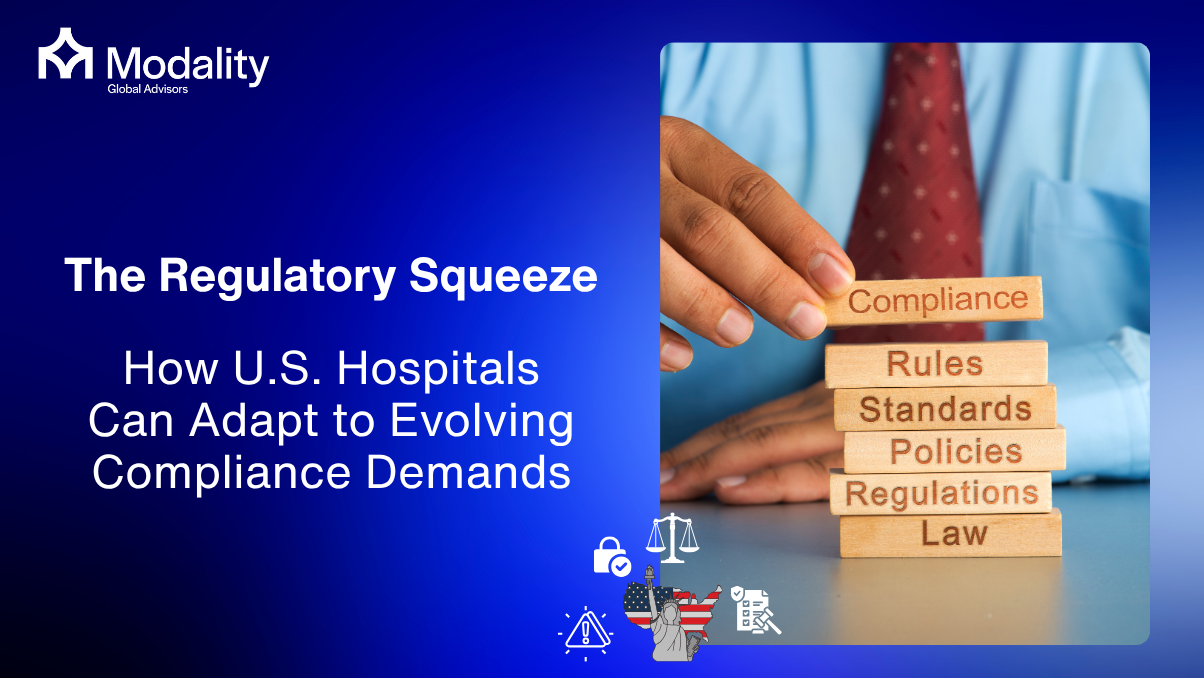The Future of Surgical Leadership: Why Confidence Matters as Much as Competence
The Future of Surgical Leadership: Why Confidence Matters as Much as Competence
The future of surgical leadership requires a balance of both competence and confidence. Competence remains essential, rooted in technical mastery and clinical expertise. However, confidence, the ability to lead decisively, communicate clearly, and inspire teams is equally critical. Modern surgical leadership emphasizes team-based care, emotional intelligence, adaptability, and integrity. Leaders foster open communication, mentorship, and psychological safety, shifting away from the outdated “heroic lone surgeon” model.
The operating room (OR) is where technology, teamwork, judgment and stakes converge. Surgical teams rely on clinical competence, but competence alone is no longer sufficient. In today’s complex healthcare environment, leadership confidence, the ability to make timely decisions, communicate clearly under pressure, and align multidisciplinary teams is equally critical to safe, efficient surgical care.
This article explains why confident leadership matters, summarizes evidence linking leadership to outcomes, and offers practical steps health systems can take to develop leaders who are both technically skilled and operationally decisive.
Why Leadership Confidence Matters In Surgery
Surgery is inherently high-risk. Every delay, miscommunication, or hesitated decision can cascade into complications, longer stays, and higher costs. Studies show that up to 10% of hospitalized patients globally experience harm from adverse events, many of which are preventable with better systems and team coordination (WHO, 2023).
In the OR, leadership is the linchpin that turns protocols into practice: confident leaders close gaps between policy and action, keep teams focused during crises, and sustain a culture of psychological safety where concerns are raised early.
Competence (technical skill and clinical knowledge) builds credibility. Confidence transforms credibility into action. When surgical leaders communicate decisions clearly, delegate effectively, and model calm under stress, teams perform better checklists, handoffs are cleaner, and deviations are caught sooner.
Evidence Linking Leadership to Outcomes
- Research across perioperative settings highlights the leadership–outcome connection:
- Team communication and leadership behaviors are consistently associated with reduced surgical complications and improved operating room efficiency (AHRQ, various safety reports).
- Organizations that invest in leadership development and in-situ simulation report measurable reductions in preventable adverse events and faster crisis response times.
- Workforce strain affects leadership efficacy: with clinician burnout and turnover rates rising particularly among perioperative nurses and surgical staff leaders must do more than manage schedules; they must stabilize teams and retain institutional knowledge (Becker’s Hospital Review, 2024).
- A separate industry survey indicates that many executives lack frontline service-line experience: fewer than 15% of hospital CEOs or CNOs come from perioperative or obstetric backgrounds, creating a disconnect between boardroom strategy and the realities of surgical care (Adams & Partners, 2023). That gap magnifies the need for leaders who combine operational literacy with decision-making confidence.
Building Leaders Who Perform Under Pressure
- Simulation-based experiential learning
High-fidelity simulation doesn’t just teach skills; it builds muscle memory for decision-making and team communication. Repeated exposure to crisis scenarios increases leaders’ confidence and reduces error rates in actual cases. - Cross-disciplinary rotations and mentorship
Rotations through OR, anesthesia, nursing leadership and CSP (sterile processing) give aspiring leaders a holistic view of perioperative workflows. Pairing emerging leaders with seasoned mentors accelerates judgment development. - Data-driven feedback loops
Use dashboards and after-action reviews that focus on decisions made not just outcomes. Leaders who can review and reflect on their choices build better situational awareness. - Communication and psychological-safety training
Confident leaders cultivate environments where team members speak up. Training that emphasizes closed-loop communication and debrief methods improves team reliability. - Promote operational literacy at the executive level
Executives should spend time in the OR and related services to understand constraints and opportunities. This alignment between strategic decision-makers and operational realities improves resource prioritization.
Conclusion
The future of surgical excellence hinges on leaders who not only possess strong clinical expertise but also the confidence to make clear, decisive choices in high-pressure situations. Hospitals that prioritize leadership development through hands-on training, cross-functional exposure, and data-driven feedback will not just reduce preventable errors, they will build stronger, more adaptive surgical teams capable of meeting growing patient volumes and evolving regulations.
Confidence grounded in real-world experience allows leaders to navigate uncertainty with clarity, while competence ensures safety and precision at every critical moment. When both qualities are cultivated together, surgical teams operate with greater cohesion, trust, and consistency.
Developing confident and competent surgical leaders is a strategic necessity for delivering safer, more reliable care at scale.
Sources
- World Health Organization (WHO) (2023)
- Agency for Healthcare Research and Quality (AHRQ)
- Becker’s Hospital Review. Workforce and burnout analyses, 2024.
- Adams & Partners. Leadership Pathways in Healthcare, 2023.






